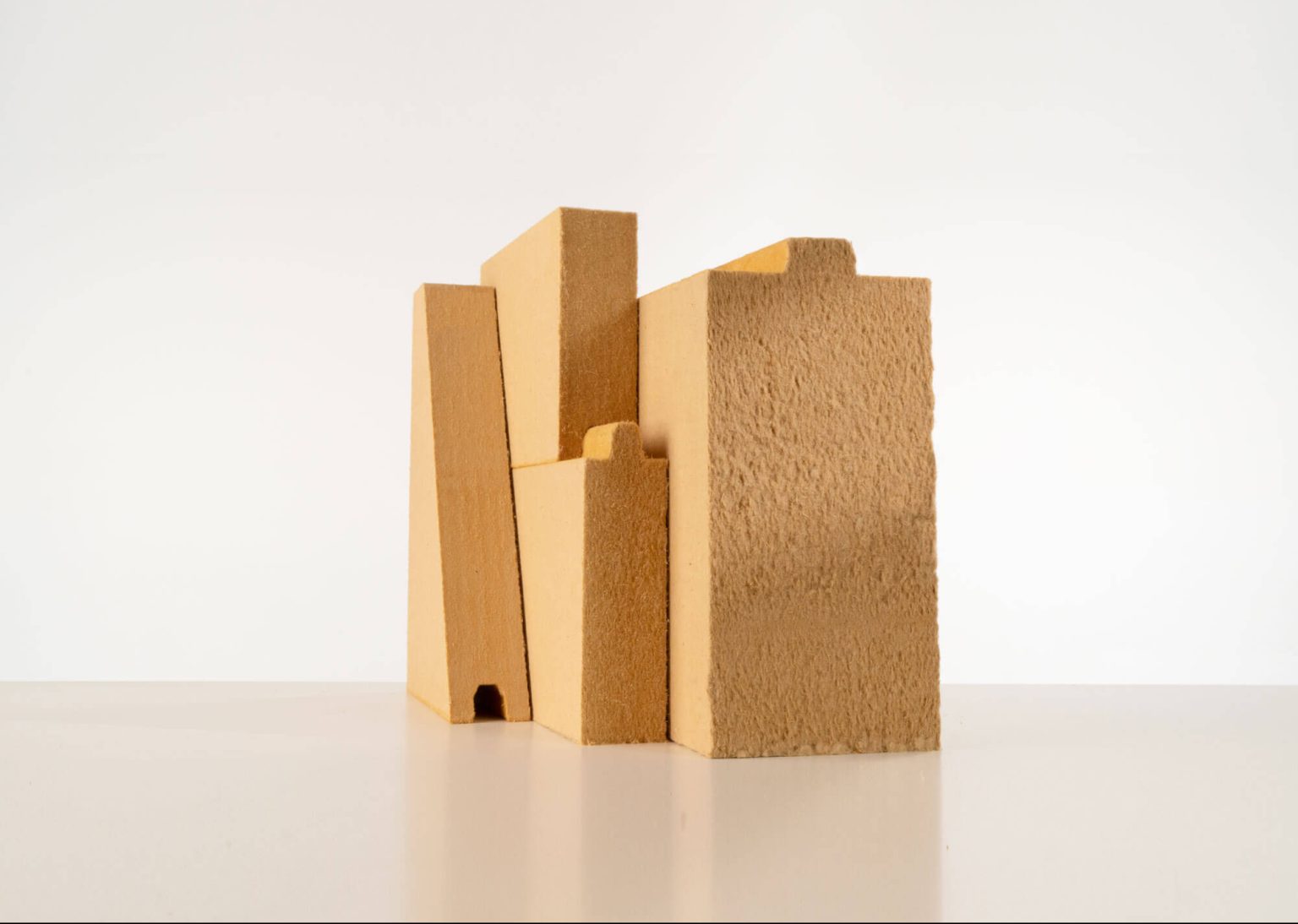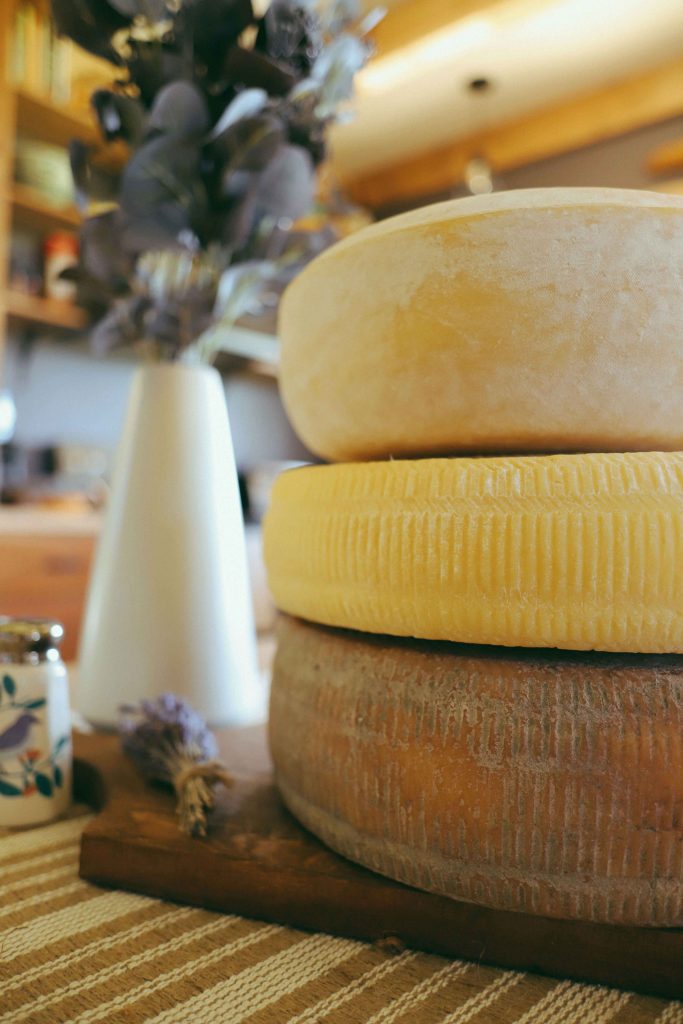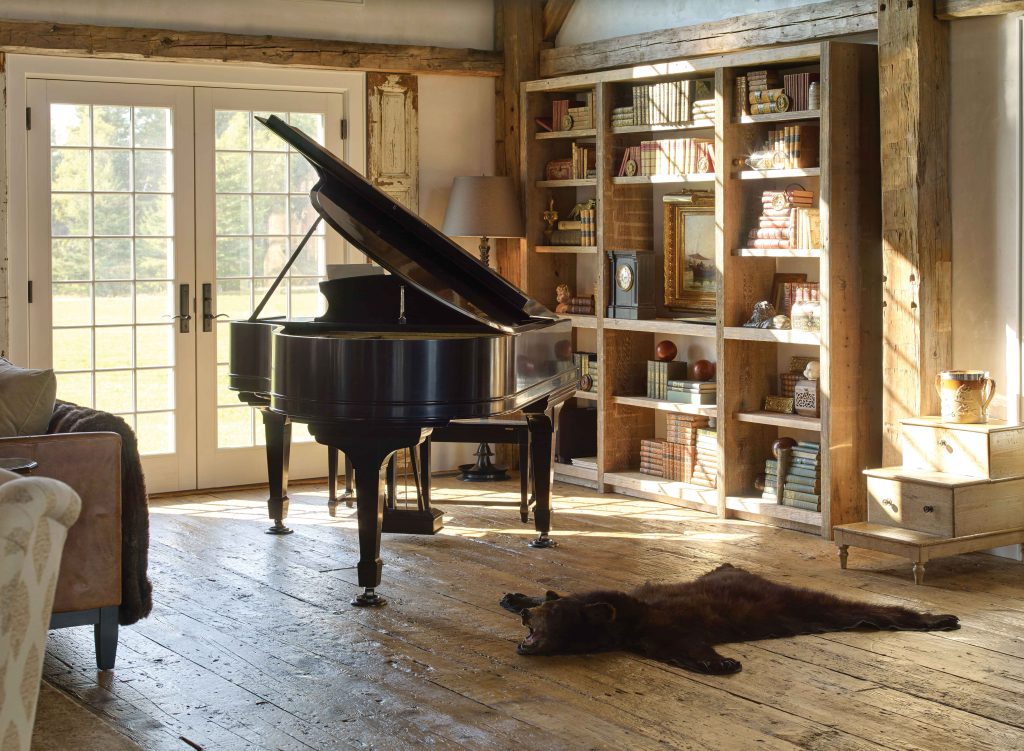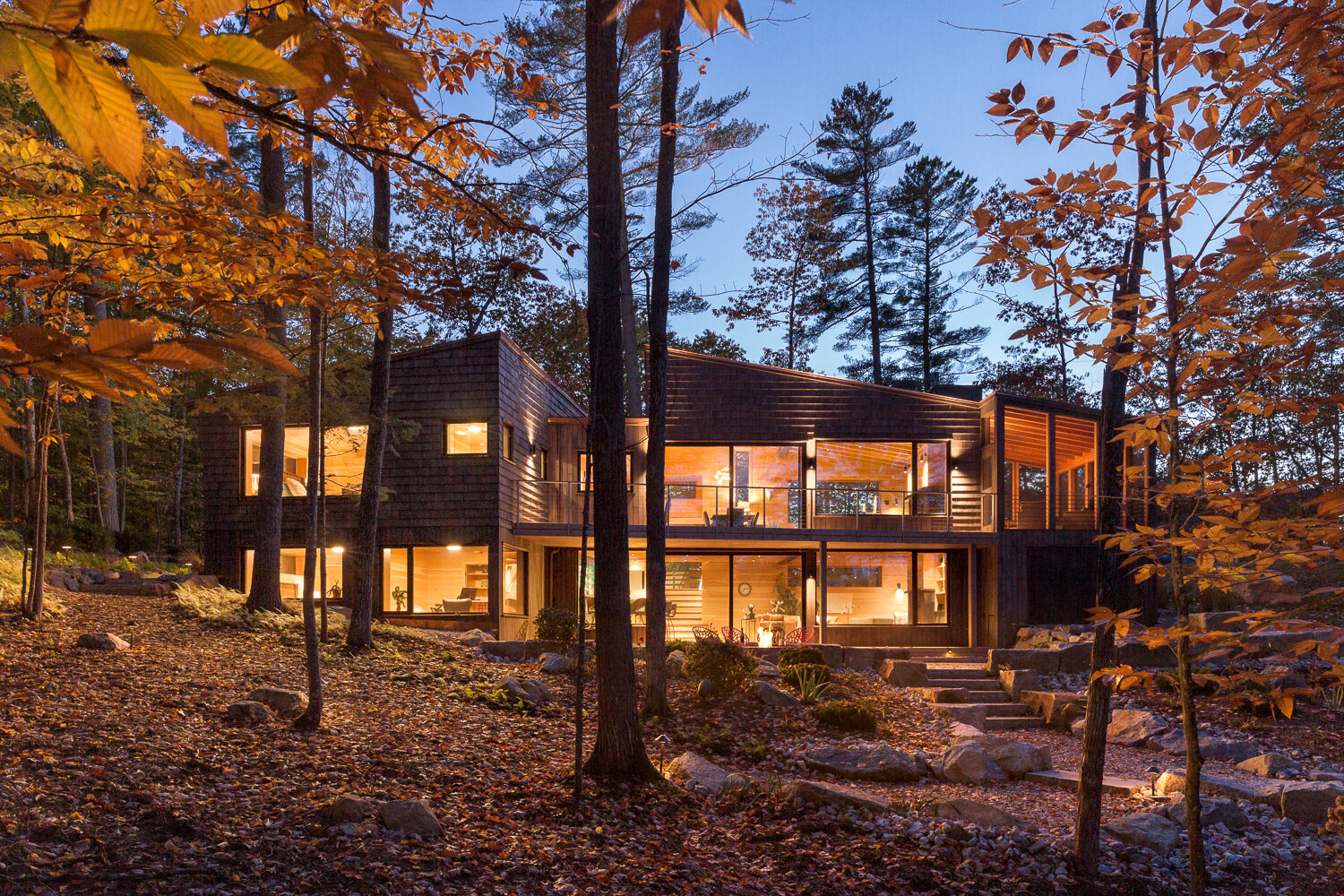Since 2008, Matt O’Malia, architect and co-founder of GO Logic, OPAL Architecture, and now GO Lab, has been focused on designing super-insulated passive houses that operate on very little carbon. “When we were building at GO Logic, we were using the standard insulation products on the market: fiberglass, EPS foam, mineral wool”—all non-recyclable, non-renewable carbon Bigfoots. Building crews complained of itchy skin and breathing troubles. Plastic micro-beads littered job sites and workers’ clothing. Walls off-gassed toxic air. Even though a passive house needs so little energy input, when GO Logic did the math they realized it takes 8 to 10 years to make up for the carbon of the extra insulation.
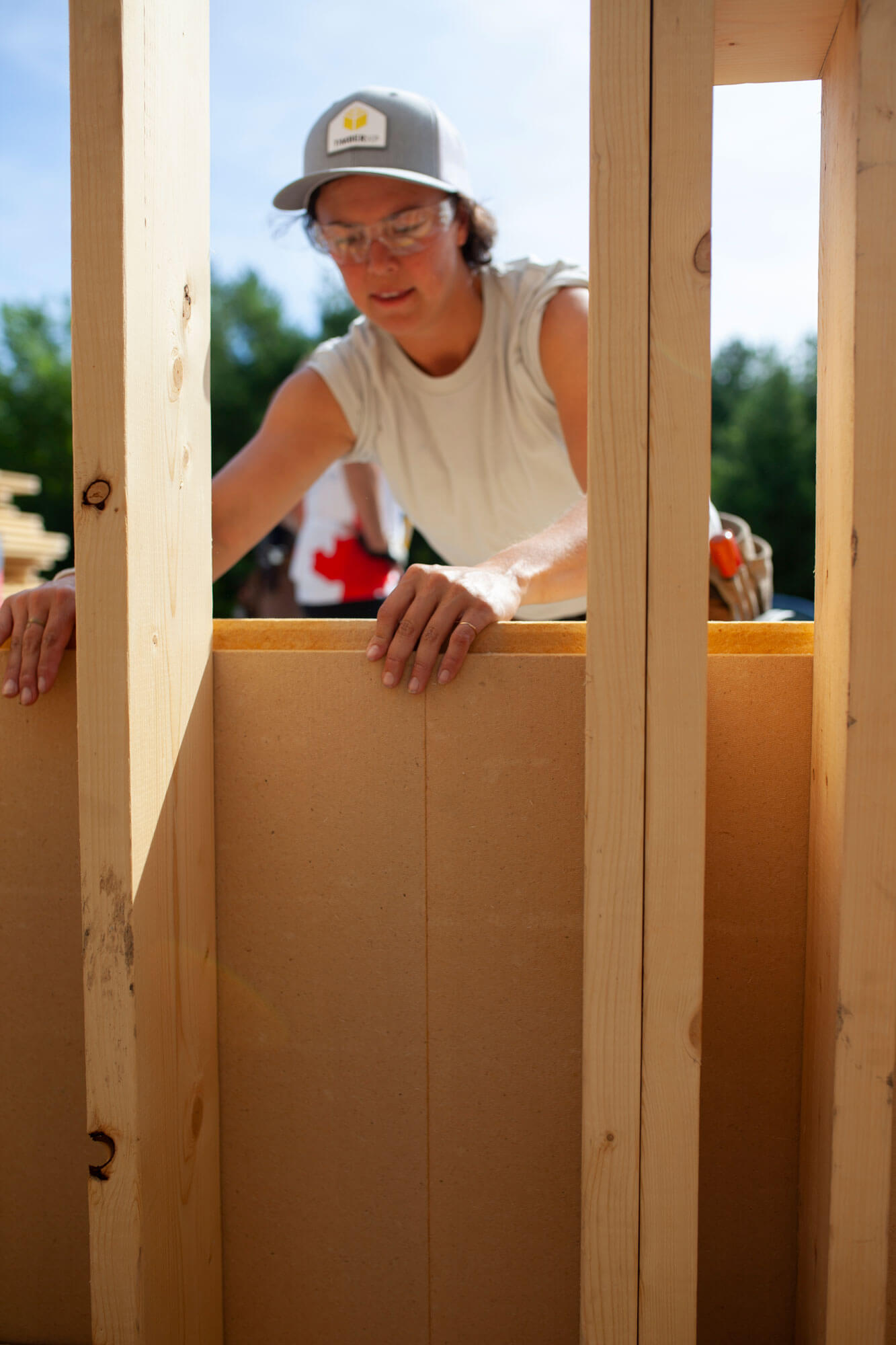
“We just traded one problem for another.”
Unfortunately, greener, healthier options like hemp and strawbales aren’t scalable, while cellulose, made from newspapers, is a source that’s drying up in the digital age. “Sustainability in construction only works if it can be cost-competitive,” O’Malia says. “My goal is not to have a great sustainability solution that nobody uses, because that’s not going to really address climate change. We need scalable solutions.”
"My goal is not to have a great sustainability solution that nobody uses, because that's not going to really address climate change. We need scalable solutions."
- Matt O'Malia
O’Malia met Josh Henry, a chemistry professor, and convinced him to visit the OPAL office in Belfast. A small, somewhat squishy, straw-colored block sat on the conference table. Henry asked, “What’s that?” O’Malia explained it’s a great insulation product made in Europe. “It’s not manufactured in the US,” O’Malia said, “but it should be because it’s made out of trees. We’ve got lots of trees in Maine.”
When a lumber mill cuts round logs into square boards, they get woodchips, residuals that, here in Maine, used to go to the paper mills. In 2016, when O’Malia and Henry met, six paper mills closed in Maine, leaving a net-negative impact of $1.6 billion annually.
The chemist and architect could see that wood fiber insulation would make an ideal sustainability solution. It’s carbon-sequestering, non-toxic, made from waste products, and could be sourced primarily from Maine’s FSC-certified forests. With lower wood, energy, and employee costs than Europe, it’s cost-competitive; landing right between mineral wool and fiberglass. Plus, it could bring rural jobs to former mill towns. Why had nobody done this yet? “You can’t build a small wood fiber insulation manufacturing facility,” O’Malia says. “You can only do a humongous manufacturing facility.” When they couldn’t convince any big players to jump on the idea, O’Malia and Henry decided to launch GO Lab and set out to make TimberHP.
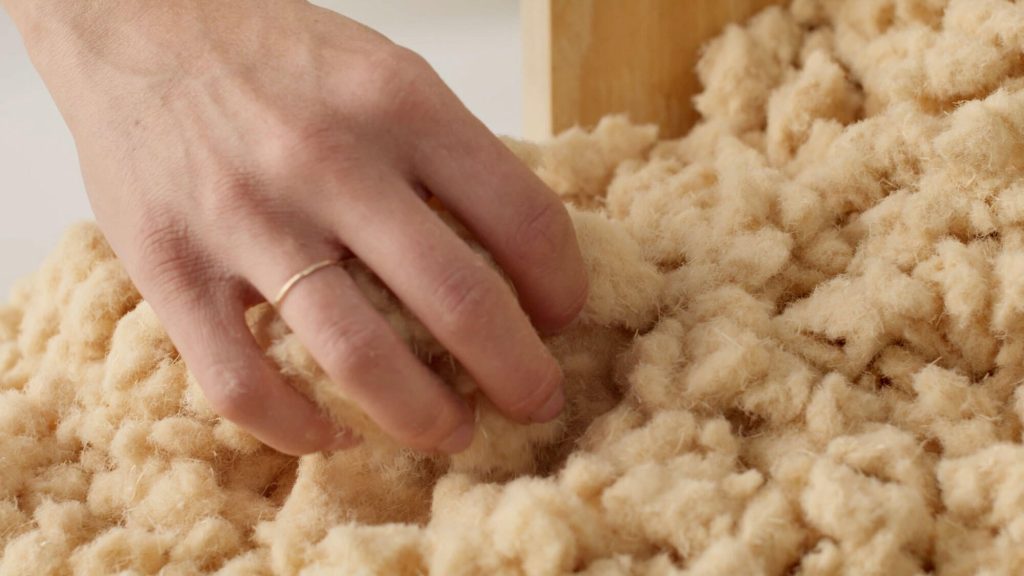
Backed by a tax-exempt recycling bond, they purchased a former paper mill in Madison, electrified by its own 10-megawatt hydroelectric dam, and converted the mill to produce loose-fill, batts, and insulation boards.
Treated with boric acid, the insulation is resistant to fire, bugs, mold, and water. It’s heated with natural gas, but even when you factor in the processing and transportation, it still comes out as net carbon-negative. When cut, it produces only sawdust. Best of all, it smells like the forests of Maine.
